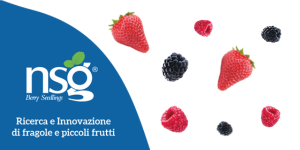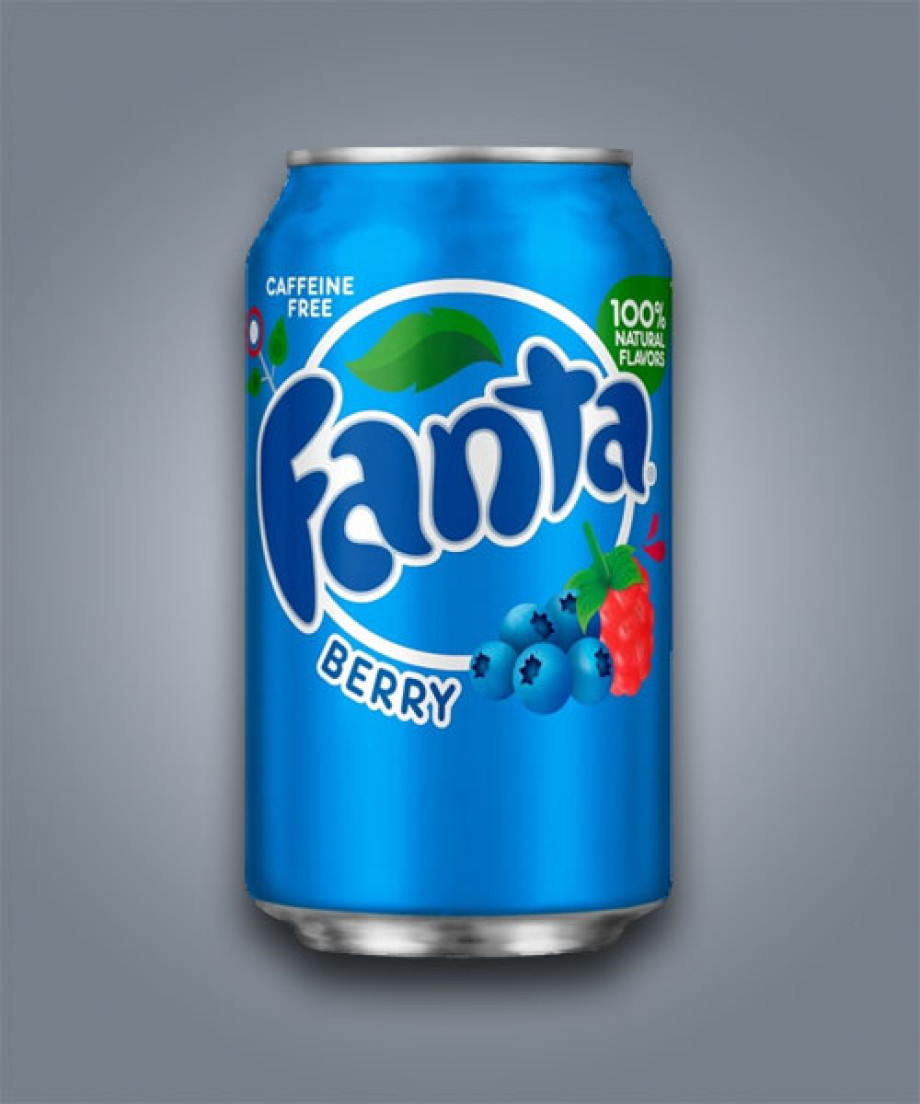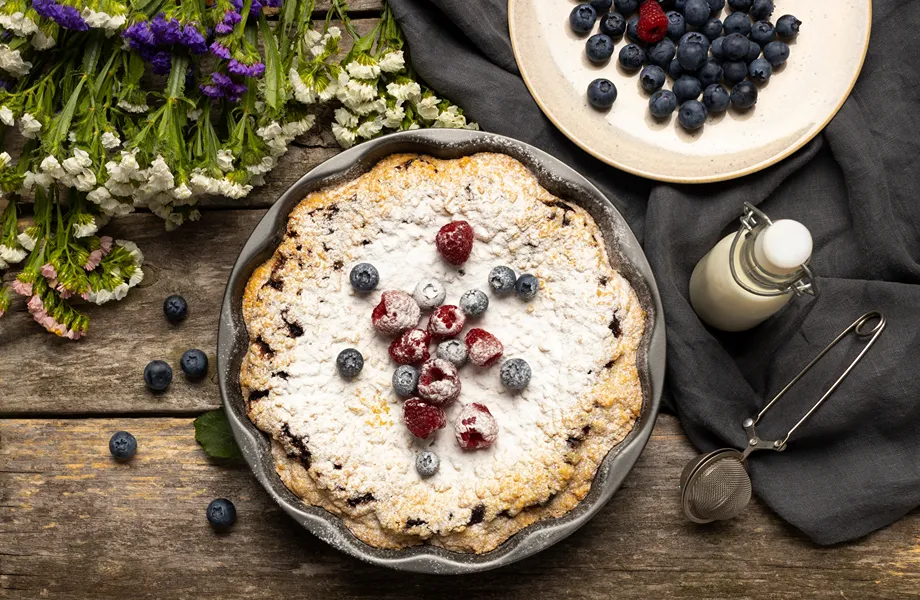“What is classic becomes new again,” said Emmanuel Butstraen, President of Firmenich Flavors, the world's largest privately-owned company dedicated to the creation and development of flavors and aromas.
“With blueberries, we celebrate a flavor that is timeless and enduring, yet increasingly relevant. Blueberries have been a beloved flavor for centuries in many markets, and today, with our growing focus on health and wellness, blueberries are being rediscovered and are growing to become one of the most relevant flavors across many categories.”
Just as superfood trends come and go, blueberries have maintained their place as an antioxidant powerhouse in consumers' eyes. According to a recent Firmenich study on online discussions about superfoods, berries were the most mentioned food, with blueberries ranking first among them.
A Strong Connection to Consumer Happiness
Consumers are increasingly interested in blueberries due to their familiarity with the fruit, its taste, and its nutritional profile. This indicates a broader trend of seeking comfort in the food and beverage industry, Firmenich observed.
“This choice of a more traditional flavor as our ‘Flavor of the Year’ actually represents a significant shift in the food industry toward more intentional and emotional design,” said Jeffrey Schmoyer, VP of Global Insights at Firmenich.
“Consumers are more inclined to try something unfamiliar, like kombucha or cashew yogurt, if it’s flavored in a way that connects with them emotionally. We see blueberries playing a bigger role in the coming years in helping product developers introduce new food concepts worldwide.”
“As consumers are introduced to a wider range of choices, traditional flavors like blueberries are being used to help them explore these new food trends, as they evoke positive feelings in a time when optimism is needed,” said Mikel Cirkus, Global Creative Director of Foresight & Trends at Firmenich.
In a recent survey conducted across 16 countries with nearly 5,000 consumers, Firmenich found that the primary emotion associated with blueberries is happiness, followed by a sense of comfort.
‘Classic Blueberry’ aligns with Pantone’s Color of the Year 2020, ‘Classic Blue,’ which Pantone predicts will rise in popularity next year because it has long been seen as “solid and reliable.”
Blueberries Take the Spotlight
As a flavor used in new product development, blueberries have experienced a 101% growth over the past 10 years globally, according to Mintel. Blueberries have seen growth in nearly every food and beverage category tracked by Mintel, with particularly strong 10-year growth in baby food (700%), snacks (255%), specialty beverages (224%), breakfast cereals (145%), dairy (143%), sports & energy drinks (127%), and alcoholic beverages (100%).
“In the culinary world, the days when berries were merely supporting ingredients in salads or dressings are long gone,” said Firmenich. Today, blueberries are found in a variety of savory products, including pizzas, grain bowls, and meat dishes.
Beyond their popularity as a fresh and standalone snack, blueberries have vast applications as a food and beverage ingredient. They pair easily with other flavors while also standing out as a unique ingredient on their own, according to Firmenich.
“Classic Blueberry is a fantastic flavor to work with because it is robust and multifaceted,” said Eric Tang, a flavorist at Firmenich. “Blueberries stand out for their floral notes and bright acidity, with fresh green and sweet elements intertwined. Besides the classic blueberry pairings, I am also drawn to pairing it with unexpected combinations, like black tea or habanero.”
“Blueberries can also be used in noodles as a good source of vitamin C and for color,” added Oana Ocico, VP of Firmenich’s Global Savory Business.
The Allure of Blueberries
According to USDA and FAO data, since 2007, blueberry production in the United States has quintupled.
In a recent report, Rabobank identified blueberries as one of the most dynamic fruits in terms of consumption growth, with a compound annual growth rate exceeding 12%.
“Trend forecasting is often associated with discovering what lies at the fringes—shedding light on ideas that have yet to become mainstream. Yet, as we enter a new decade, and after years of the food industry chasing ‘what’s next,’ Firmenich is comfortable betting on something that has always been here, which is a truly new idea,” the company added.








